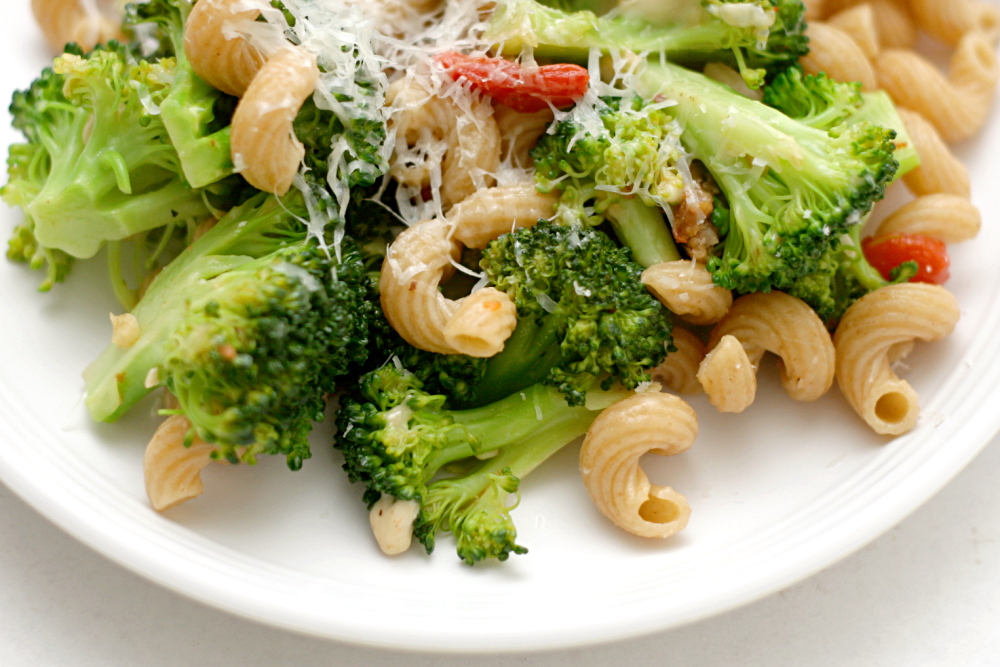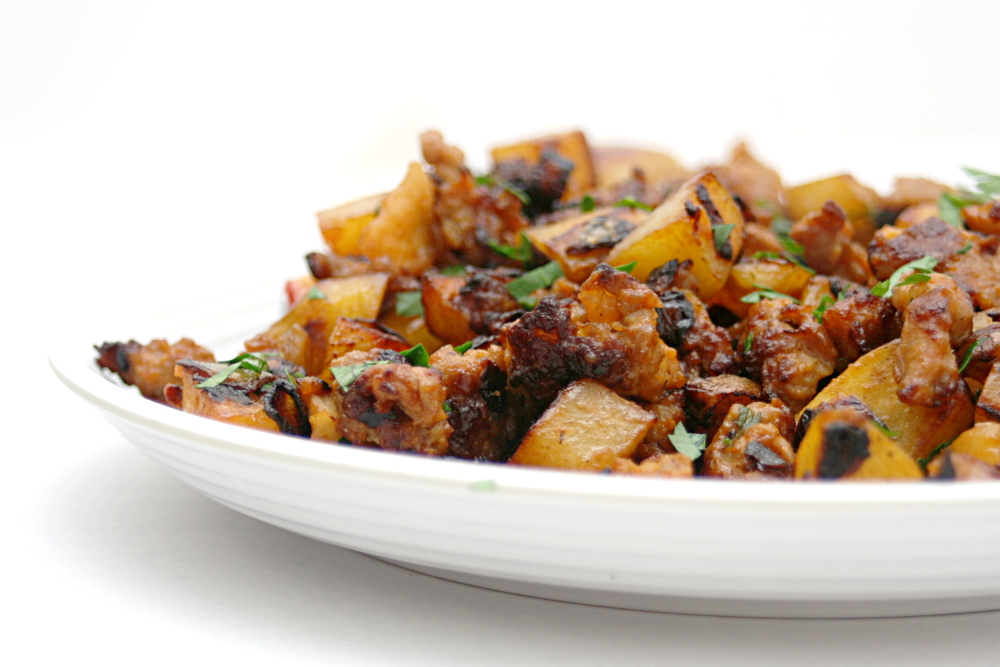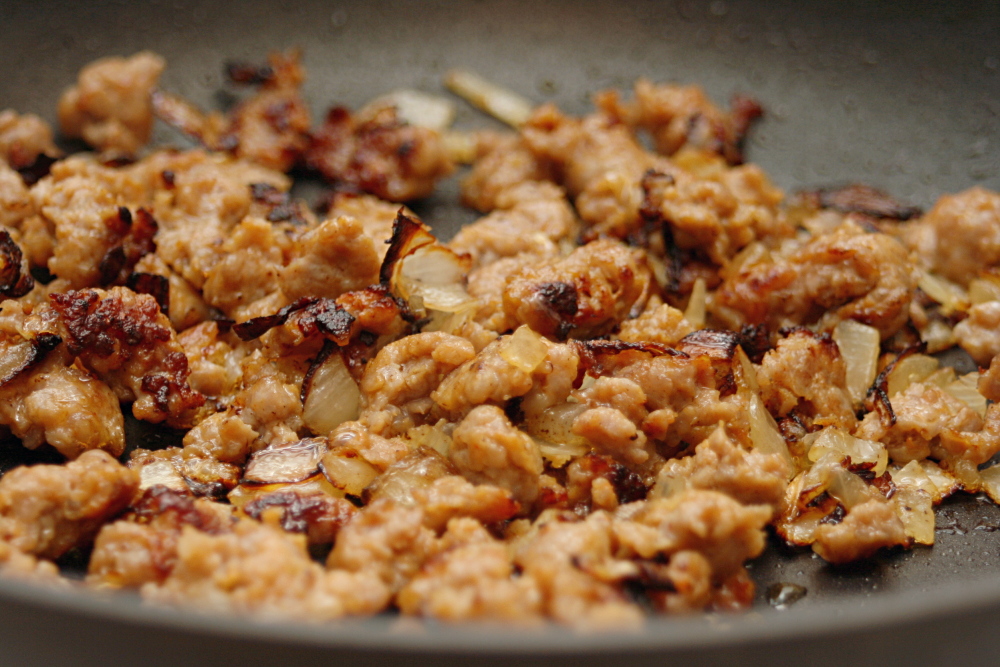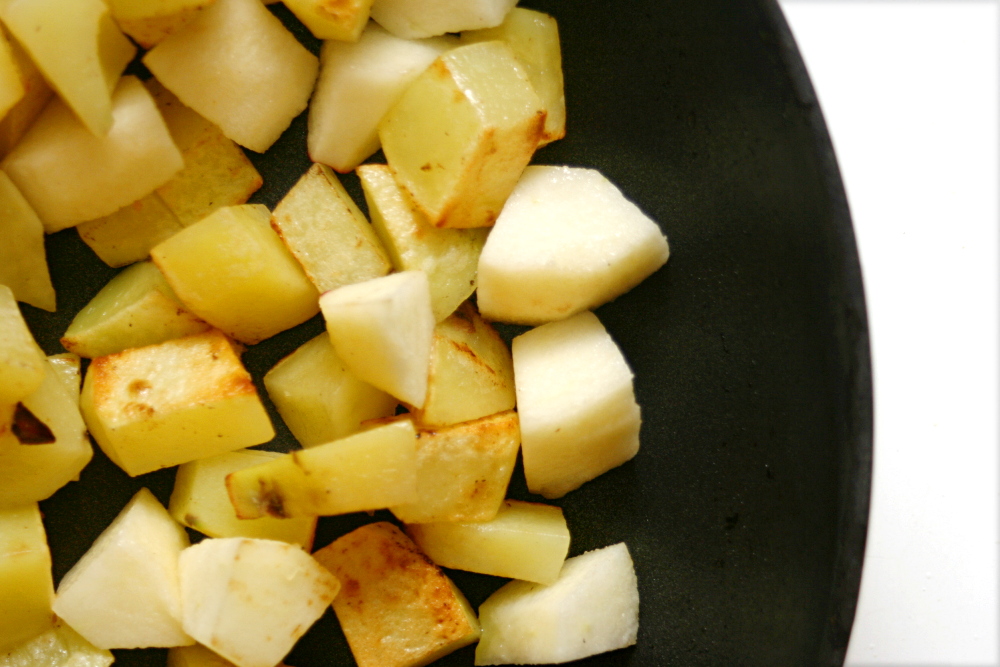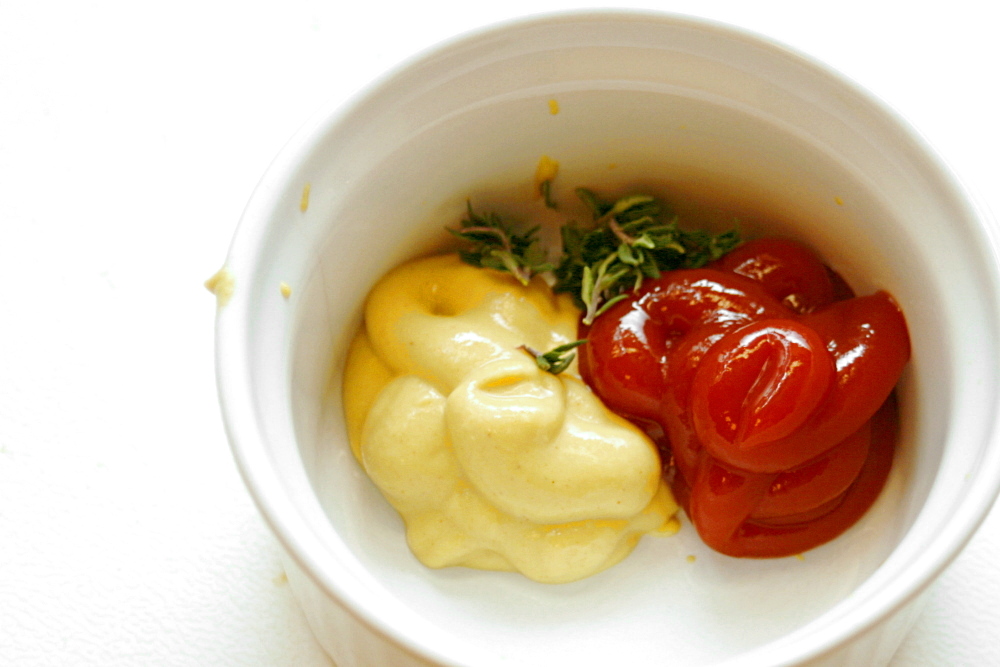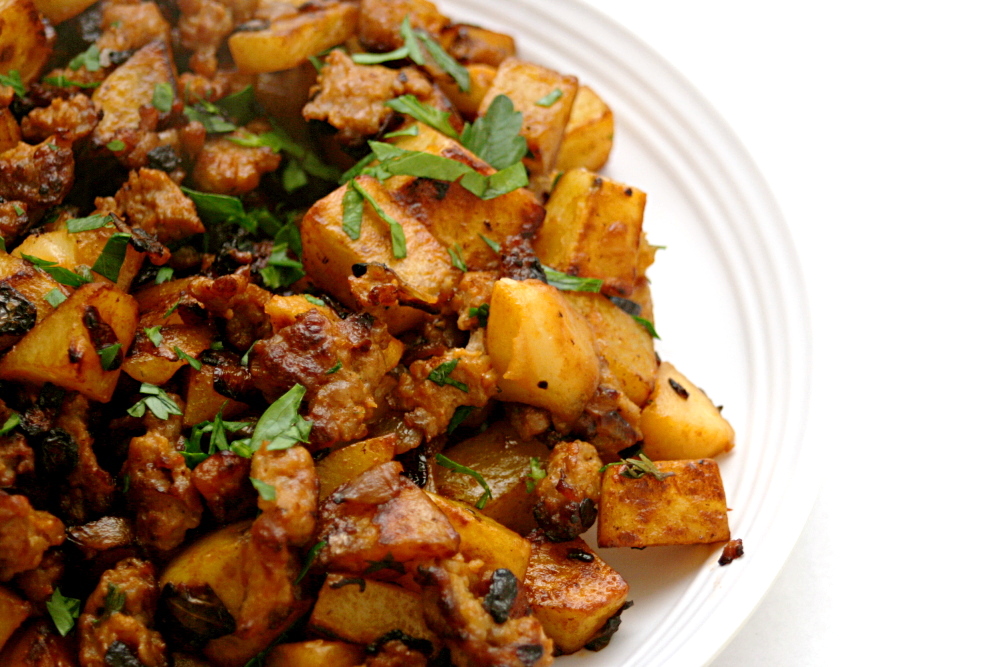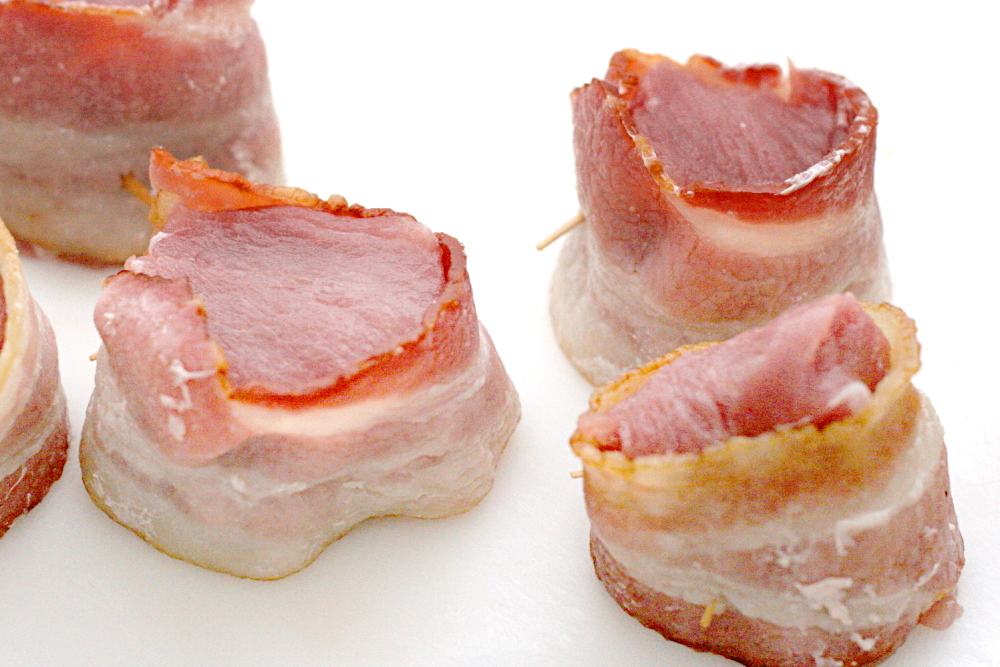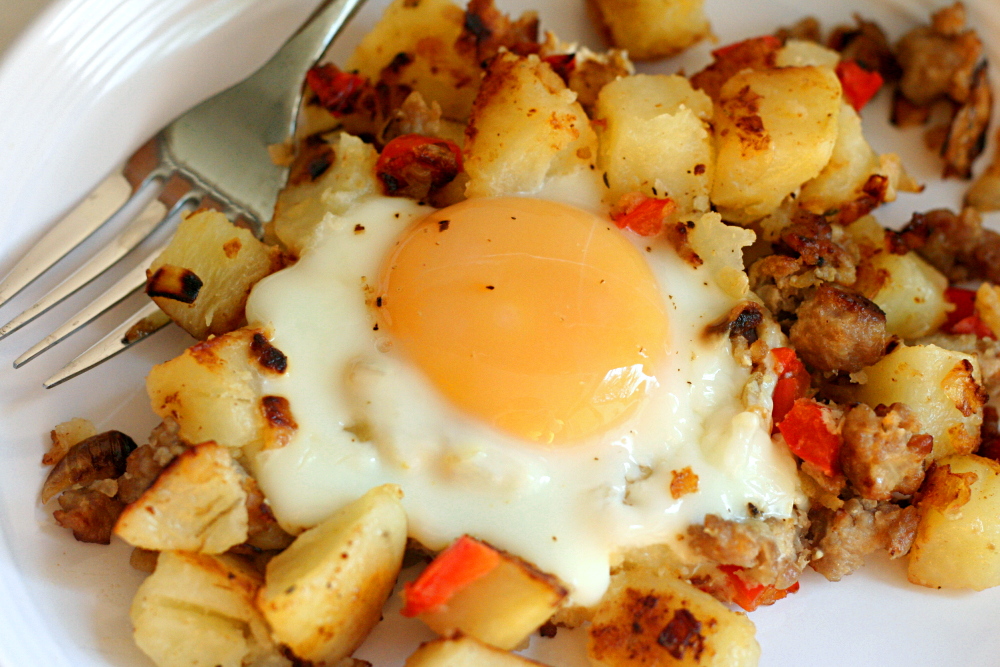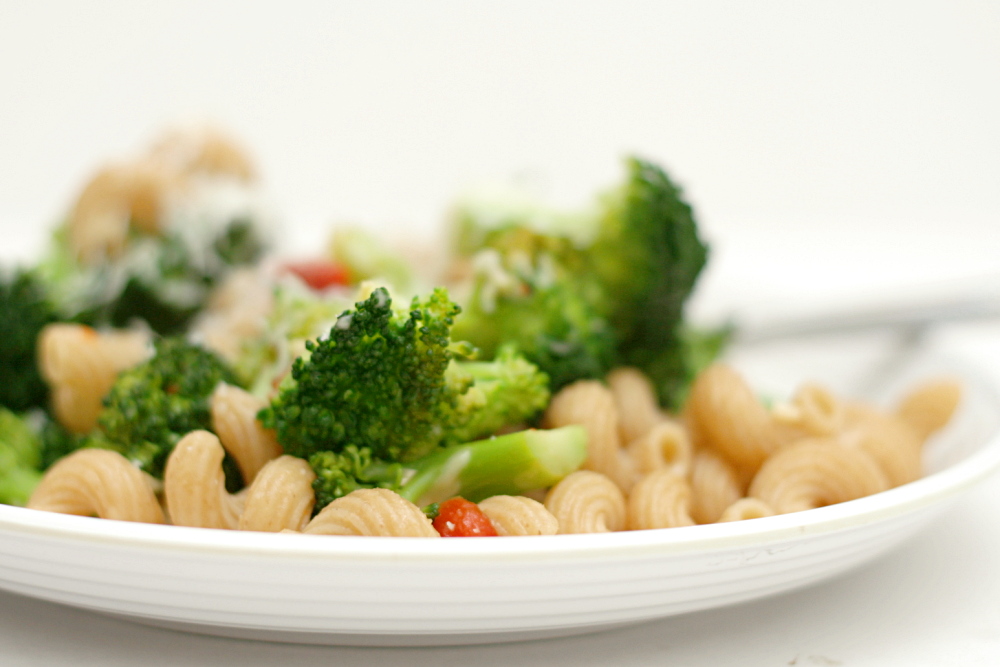
Wow, New Years Resolutions are seriously unpopular this year. While I understand that January 1st isn’t a magical date where you get to start over with a clean slate, and it isn’t the only day of the year where you’re allowed to resolve to better yourself, I do think that it’s a good date to start thinking about new goals. For one thing, there is something to having a fresh new year to focus on. For another, it’s the official end of the holiday season, during which it can be difficult to focus on new goals because of travel and parties and other things that disrupt normal routines.

This isn’t to say that I’ve always been a hard-core New Year’s resolver. I don’t usually bother, and last year I kept it very simple with the intention to start flossing regularly. This year, however, I have a categorized list of goals. 2008 wasn’t my best year, and I’m eager to make up for it in 2009.
One of my resolutions is actually to cook less, or at least to be more reasonable about cooking, by focusing on quick weeknight meals and making enough for leftovers. This pasta fits in perfectly with that mindset, because it can be made in the time it takes to boil water and cook pasta and uses only a few ingredients.
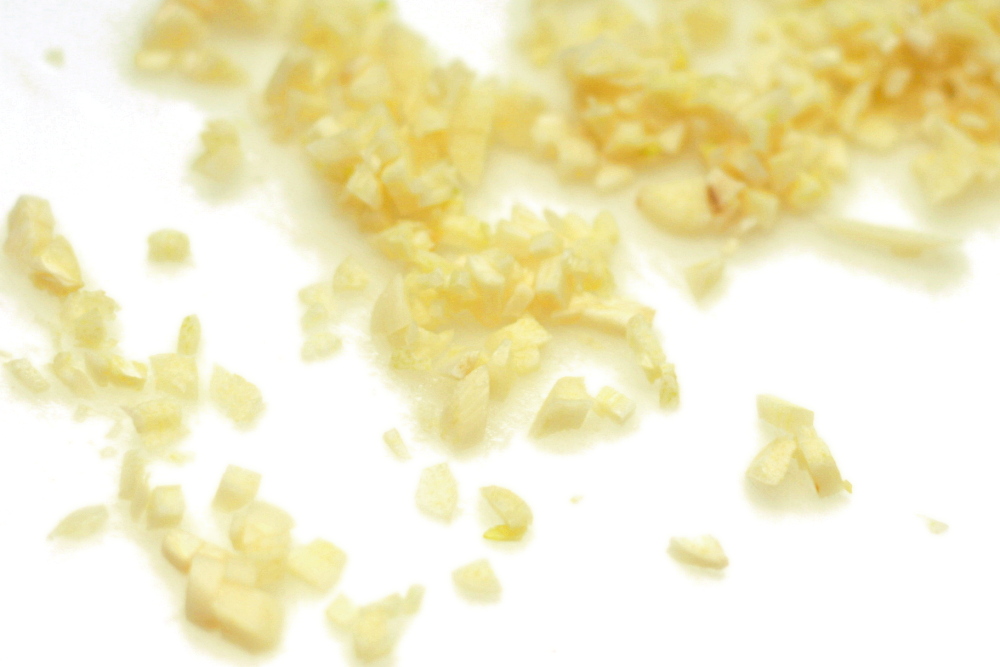
There’s nothing complicated about this recipe. Brown some sausage, stir in garlic and roasted red pepper, and then add broccoli with some water to help it cook. Mix all that with pasta, add some cheese, and there’s dinner – you have starch, protein, and vegetables, all in one very easy recipe. And there’s the added bonus that both broccoli and garlic are even more nutritious than your average vegetable.

The recipe recommends orechiette (an ear-shaped pasta), but I don’t generally get hung up on pasta shapes. My favorite brand of pasta doesn’t come in orechiette, so I tend to use whatever short tubularish pasta I happen to have. Also, this time I used Cento jarred roasted red peppers, and I hated them. They were so soft and slimy. Cooks Illustrated recommends them, so I don’t know if I got a bag batch or I’m a bad judge of roasted red peppers or what. Since roasting my own peppers complicates this simple meal, I might just sauté some fresh red peppers with the sausage in the future.
I find that I often like recipes with quite a bit less pasta than the original version calls for, and this recipe is no exception. I reduced the pasta to 12 ounces, plus I wouldn’t have minded more sausage and red peppers. Either way you prefer it, this meal is quick, tasty, and healthy.
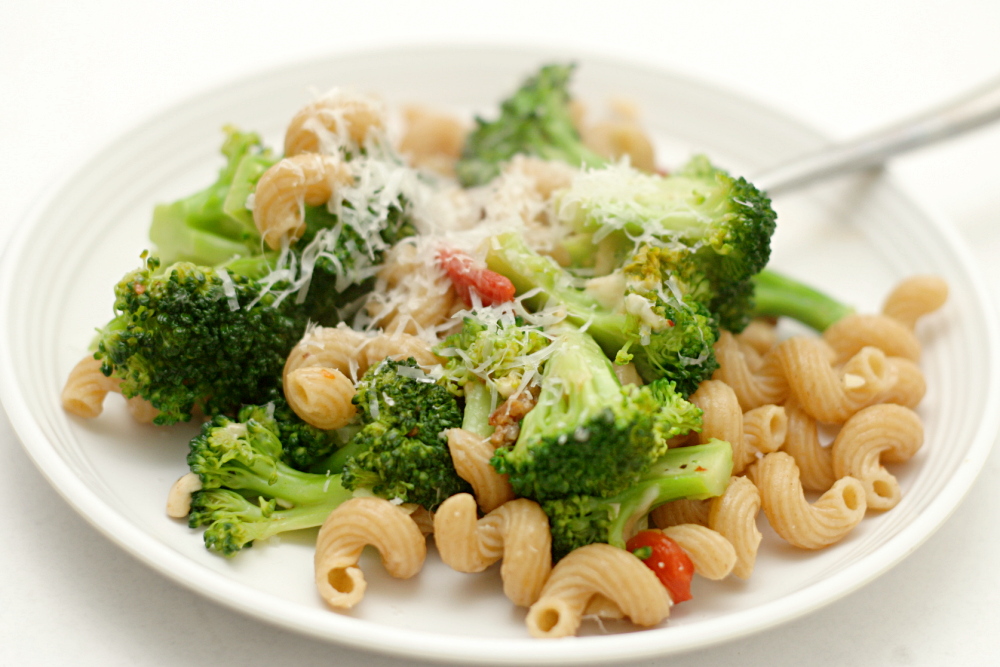
One year ago: Pad Thai – one of my favorite meals
Orecchiette with Broccoli, Sausage, and Roasted Peppers (from Cooks Illustrated)
Serves 4 to 6 as a main dish
CI note: In this recipe, begin cooking the broccoli immediately after putting the pasta into boiling water. When cut into small pieces, the broccoli takes only a few minutes to cook through.
Bridget note: I reduce the pasta to 12 ounces (¾ pound), and I’ll probably add more peppers in the future. More sausage couldn’t hurt either.
table salt
1 pound orecchiette
4 ounces sweet Italian sausage, casing removed
9 medium cloves garlic, pressed through garlic press or minced (3 tablespoons)
1 cup roasted red peppers (8 ounces), cut into ½-inch squares
½ teaspoon ground black pepper
2 pounds broccoli, florets cut into bite-sized 1-inch pieces, stalks peeled, halved lengthwise, and cut into ¼-inch thick pieces
1 tablespoon extra-virgin olive oil
1 cup grated Pecorino Romano cheese (2 ounces)
1. Bring 4 quarts water to rolling boil, covered, in stockpot. Add 1 tablespoon salt and pasta, stir to separate, and cook until al dente. Drain and return to stockpot.
2. While pasta is cooking, cook sausage in 12-inch nonstick skillet over medium-high heat, breaking it into small pieces with spoon, until browned, about 5 minutes. Stir in garlic, roasted peppers, ½ teaspoon salt, and pepper; cook, stirring constantly, until fragrant, about 2 minutes. Increase heat to high; add broccoli and ½ cup water, then cover and cook until broccoli begins to turn bright green, 1 to 2 minutes. Uncover and cook, stirring frequently, until water has evaporated and broccoli is tender, 3 to 5 minutes longer. Add broccoli mixture, oil, and cheese to pasta in stockpot; toss to combine. Serve immediately.
